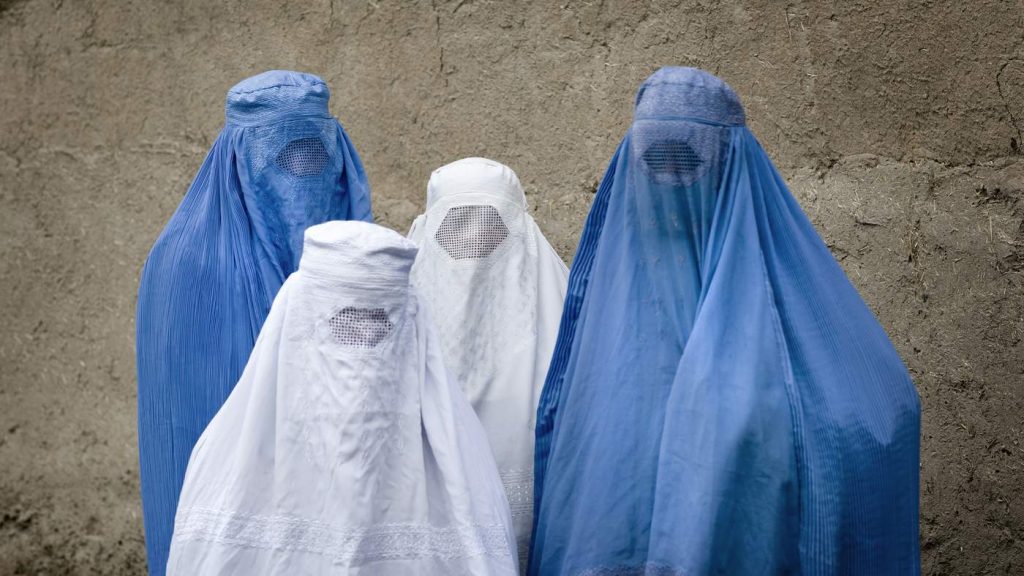By Victor Schäfer
We usually think of clothing as a personal choice, an expression of who we are, what we believe, or simply what feels right on a given day. But for millions of women around the world, that choice doesn’t really exist.
Reading Amnesty International’s statement to the UN on dress codes makes it clear that something as everyday as getting dressed can actually become a site of control and even punishment, especially when governments, religious authorities, or cultural groups enforce strict rules about what women can and cannot wear.
In countries like Iran and Saudi Arabia, for instance, clothing rules are written into law or aggressively enforced by religious police. Women in Iran can be arrested or lashed for not wearing a headscarf “correctly.” In Sudan, women have been flogged for wearing trousers under vaguely defined “public morality” laws. And in Chechnya, girls as young as ten are forced to wear headscarves to school. These aren’t just fashion choices, they’re political ones, enforced through fear.

It’s not just about state control, either. In many cases, families, communities, or religious leaders pressure women to dress a certain way, framing it as a matter of honor or tradition. What Amnesty argues is that no cultural or religious justification should override a woman’s right to choose her own clothing. Choice has to be real, not something dictated by threats or social consequences.
There’s also the problem of victim-blaming that’s embedded in these dress codes. In places like Indonesia, women are often blamed for violence committed against them because of how they dress. The logic seems to be that “immodest” clothing provokes crime, an idea that shifts responsibility from the perpetrator to the victim, and one that’s been used for far too long to justify all kinds of restrictions.
What struck me most is that dress codes aren’t just about clothes. They’re about power. They reflect who gets to decide how a woman presents herself and who gets punished when she steps outside the lines. These rules are deeply tied to broader patterns of gender inequality, and they send a message: your body doesn’t belong to you, not fully.
Amnesty makes some important recommendations, like repealing discriminatory laws, protecting women from coercion, and working to change the social norms that keep these dress codes in place. But real change also means shifting how we think about modesty, identity, and freedom in the first place.
Because in the end, this isn’t about fashion. It’s about whether a woman can walk out the door each morning wearing what she wants, without fear.
Sources: Amnsety International (2010). „Women’s right to choose their dress, free of coercion: Statement submitted by Amnesty International to the 55th session of the United Nations Commission on the Status of Women (New York, 22 February – 4 March 2011)“ https://www.amnesty.org/en/documents/ior40/022/2010/en/
Leave a Reply